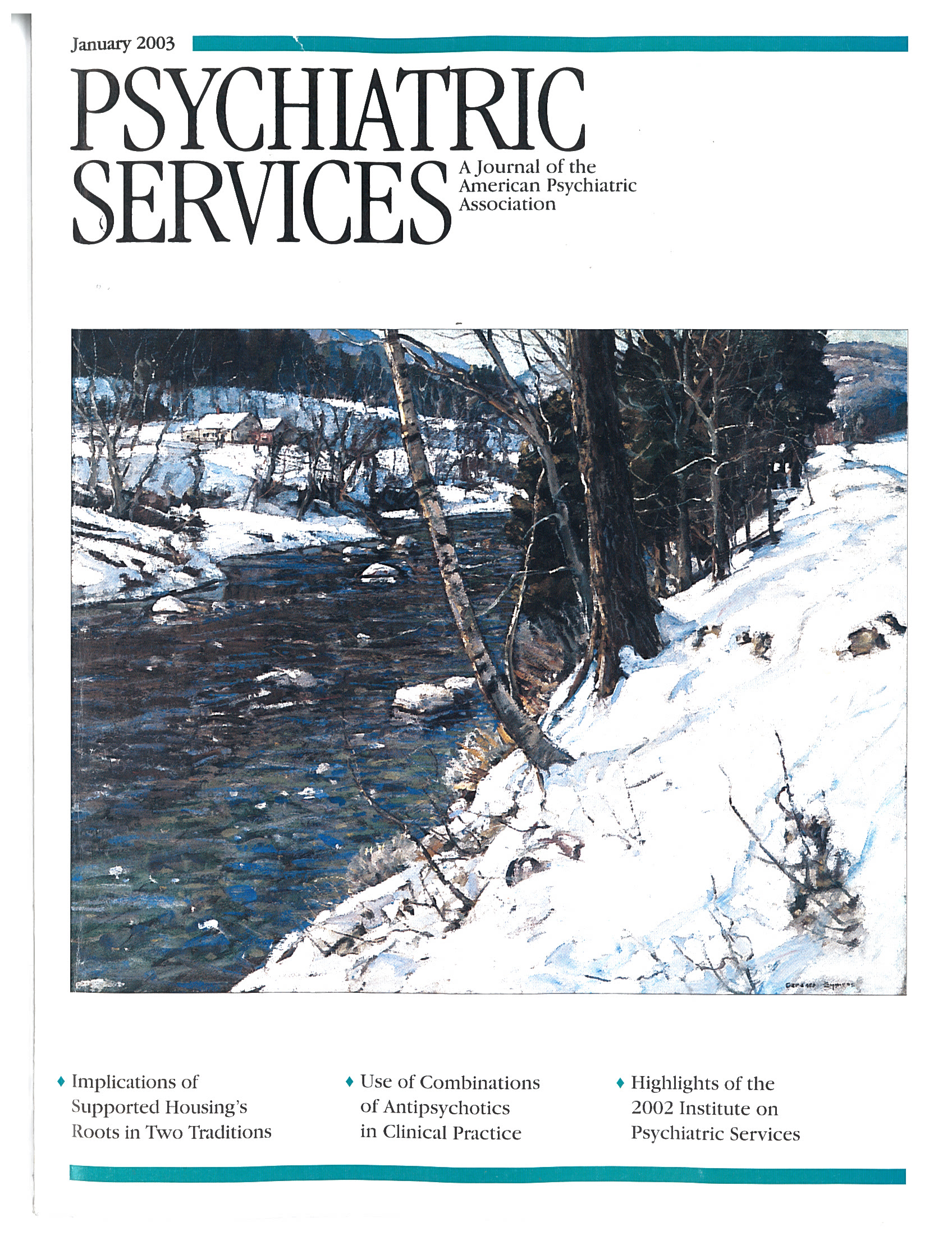Trauma and Dreams
Trauma and Dreams could be aptly subtitled "Use of Dreams in Psychotherapy With Traumatized Adults and Children." It is a volume of 17 chapters in three parts, edited by Diedre Barrett, a practicing clinical psychologist, an assistant professor of psychology at Harvard Medical School, and editor-in chief of the journal Dreaming.
Most of the book's chapters are examples of the work of practicing therapists, authors who work in varied settings with a wide range of patients, or clients. Some chapters are individual case reports, some summarize group psychotherapy, and some draw generalizations from work with a series of individuals. Many report on research, typically research in which investigators categorize nightmare content and compare the content and frequency of nightmares in different groups.
Part 1 consists of five chapters on dreams after childhood trauma. Two chapters describe clinical work with children who have been recently traumatized, and the other three describe work with adults who were traumatized as children. Part 2 is made up of seven chapters on adult trauma in wars and natural disasters. One of these chapters classifies dreams of survivors of the 1991 firestorm in Oakland, California; one describes common nightmares of refugees from political terror in Central America; one discusses nightmares of Vietnam combat veterans; and one compares the dreams of well-adjusted Holocaust survivors with those of survivors who are not so well adjusted. Part 3 is titled "Traumas of Normal Living." It is a mixed group of five chapters, including one on dreams of adults who are recently bereaved and one on dreams of the recently divorced.
Trauma and Dreams is useful for anyone who works with traumatized patients but especially for psychotherapists. Its abundant case material provides an intriguing view on the process of therapy with quite varied and unusual groups of patients. The descriptive studies give the practitioner an idea of what to expect. Dr. Barrett's volume is an important contribution. I often found myself wishing for more theory and more general reviews to give perspective and shape to the clinical material. The book contains few broad conclusions, although many authors hold that dreams serve as markers for change as psychotherapy progresses.
For theory I turned to Freud, but found that he wrote primarily about the analysis of dreams as part of psychoanalytic technique, not about dreams among traumatized individuals. However, he did appreciate that trauma changes dreaming. In his Introductory Lectures on Psychoanalysis (1), he wrote "When anyone has lost someone near and dear to him, he produces dreams of a special sort for some time afterwards." This observation could be extended to many other kinds of trauma, as Trauma and Dreams illustrates so well.
Dr. Crowner is clinical assistant professor of psychiatry at Columbia University College of Physicians and Surgeons and attending psychiatrist at Project Renewal, Inc., in New York City.
1. Freud S: Introductory Lectures on Psychoanalysis. New York, Norton, 1966Google Scholar



